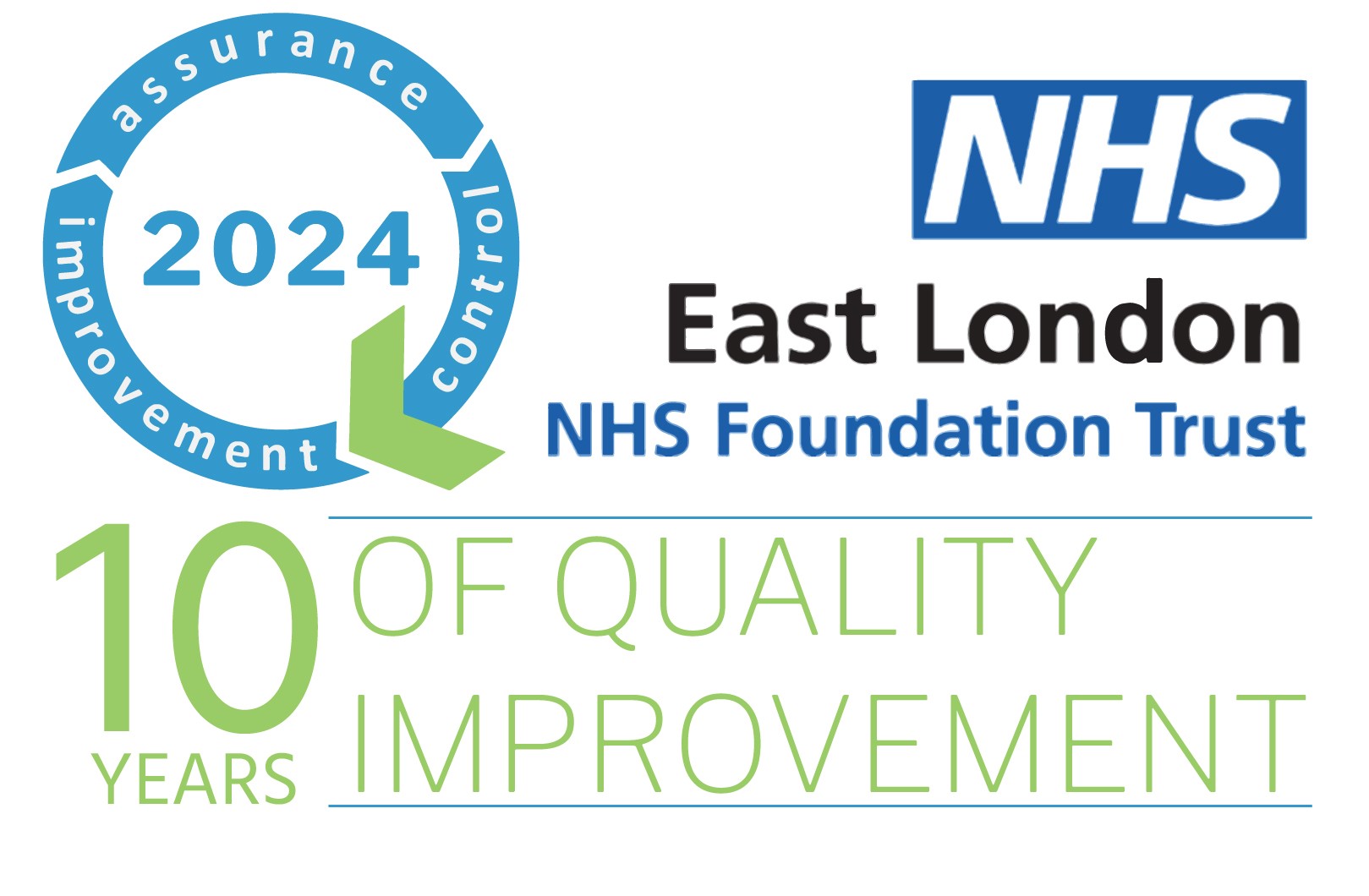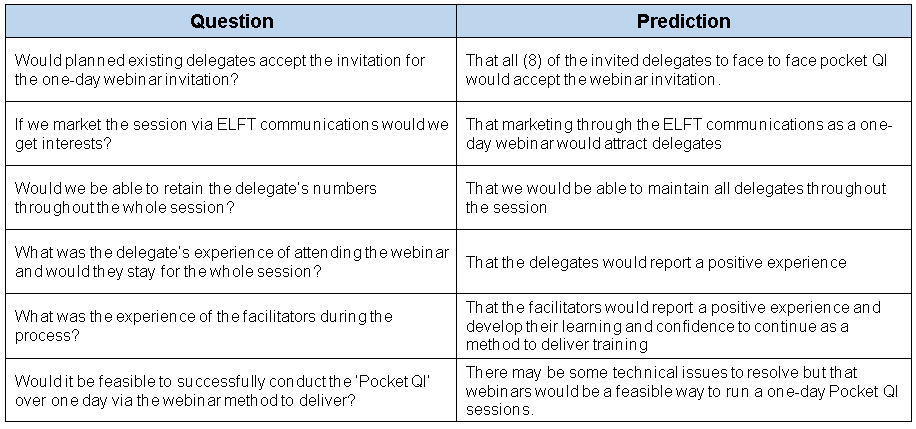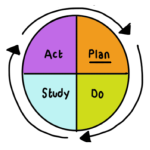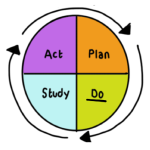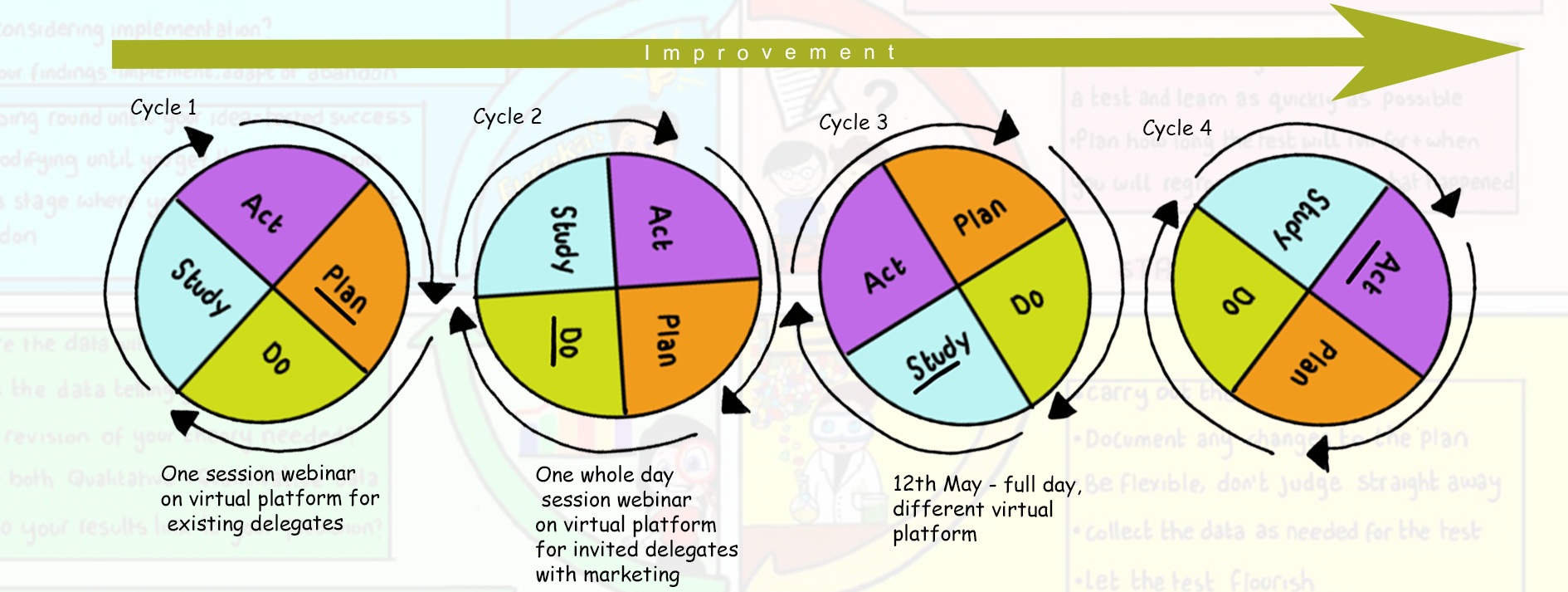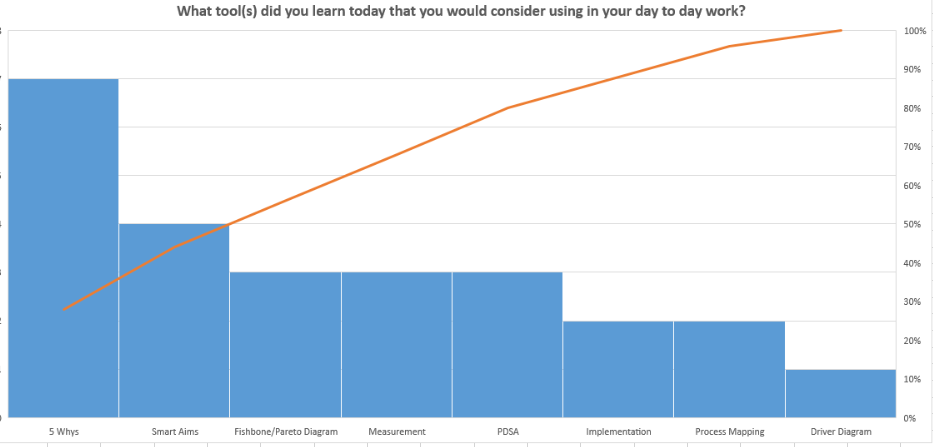QI Department ‘ Virtual Pocket QI – Webinar Test’ Cycle 2
By Shuhayb Mohammad Ramjany – Training & Programme Support Officer/Quality Improvement Coach (Corporate)
Following on from the first cycle test in March for the ‘Webinar Pocket QI’ some adaptations were made as described in the first PDSA. The theory was that the QI department would be able to successfully conduct the pocket QI course over a one-day webinar session to an unlimited number of people. The department wanted to open the course Trust-wide and see who would attend. Below is a table of some of the expectations, in the test. To start a series of questions were asked and predictions were made:-
Plan: Plan the test, including the plan for collecting data
The aim was to conduct Pocket QI training over one day via webinar training virtually. The prediction was that existing delegates would accept the invitation and with marketing, more delegates may be signed up. Also, hosting training over one day would be more time-efficient and perhaps enable more regular webinars in the future.
- Who: 8 delegates and those who sign up, six improvement advisors and one technical support team member,
- What: Inform, prepare and invite delegates; advertise the session on the ELFT daily message.
- How: conduct practice session and design a detailed agenda. Conduct one day (2 sessions) webinar using WebEx as a virtual platform and modified existing training material. Different facilitators would take turns with sessions.
- When: 21st April for 6 hours (1-hour break and 2 mini breaks)
- Data: number of delegates accepting the invitation; the number of extra signups through ELFT communications, qualitative feedback from the delegates and the facilitators.
Do: Run the test on a small scale What happened?
- Conducted a practice session to practice hand over
- The existing 8 delegates accepted the invitation, an additional 20 delegates signed up and a surprise additional 11 joined who hadn’t signed up – 30 delegates were from ELFT and 9 were externals. A total of 39 joined the session and at the end of the session, 29 were still online.
- The webinar started as planned with 30-minute sign up time before the start
- Facilitators asked for interaction from delegates throughout the session which aside from some technical issues most delegates were very responsive
- Some technical difficulties were experienced but resolved in real-time
- 1 facilitator lost internet connectivity, another facilitator took over in their place
- The session lasted 7.5 hours inclusive of setting up and call to order 30-minutes, 3 x 10-minute breaks and a 60-minute lunch.
- Delegates were asked to rate their experience by answering “Would they recommend virtual Pocket QI?”
- Webinar conducted on time and successfully
- Issues with technology inhibited flow including difficulties with internet connections, sound not audible through delegate devices, presentations freezing and difficulties with passing over presentations from facilitators.
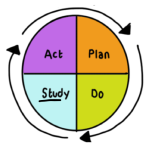 Study: Analyse the results and compare to the predictions
Study: Analyse the results and compare to the predictions
- 8 delegates accepted, 20 signed up and an extra 11 external delegates attended from a partner collaborator
- Delegates were asked via ‘MS forms’ what tool(s) they would consider using in their day to day work (Fig.1)
- Delegates provided some general feedback (Fig.2)
- Delegates were asked, “Would they recommend virtual pocket QI?” – 28 delegates responded – 67.9% said they would ‘very likely’ recommend virtual pocket QI and 32.1 % said they were ‘likely’ to recommend virtual pocket QI.
- Some useful feedback was provided from facilitators (Fig.3)
- Key learnings and recommendations were highlighted (Fig.4)
Act: The next test cycle will be conducted on the 12th May as a full-day webinar but the test will be adapted using a different virtual platform and facilitators will join in a shift system to reduce the burden of time on the team.
Figure 1. Pareto chart to demonstrate which tool the delegates would use after the session
Figure 2. Delegate feedback
Figure 3. Facilitator’s feedback
Figure 4. Key Learning and Recommendations
